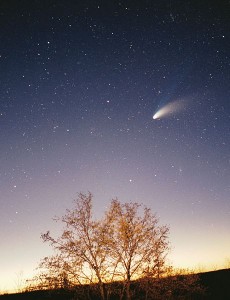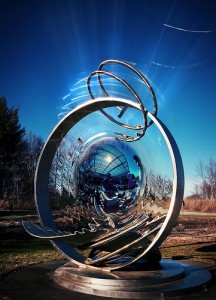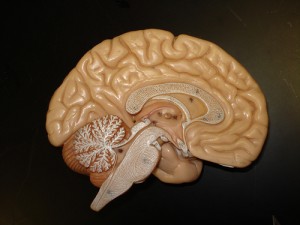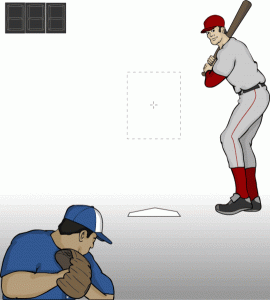There's all kind of talk out there right now about how there's little would could do if we found an asteroid or comet coming at Earth that was going to do alot of damage. But I came across this the idea of a "Gravity Tractor" fascinating. Here's the basic idea from Wikipedia: A gravity tractor (GT) […]
Great Views of Earth From the International Space Station
Some great views of the Earth from the Image Science & Analysis Laboratory, NASA Johnson Space Center. The Internation Space Station has been continuously manned since November 2, 2000 by over 200 different people and has traveled over 1.5 billion statute miles. Wikipedia outlines the purpose of the station: According to the original Memorandum of […]
Stephen Hawking (and MIT) Had a Party For Time Travelers
The DailyMail outlines what Hawking's party was about: It is the ultimate test for time travellers – hold a party for them, but don't post the invites until after the event. But sadly, when Stephen Hawking tried this, he was left to his own devices – for across all of time and space, his invite […]
Top 10 Ways Your Brain Is Sabotaging You
LifeHacker has a good list of the tricks your brain can play on you that cause you to behave differntly than you would want to normally. Here's the top 2 from the list: 2. You Value New Numbers Based on Other, Unimportant Numbers Why do infomercial hosts insist on telling you what "you'd expect to […]
The Origins of Day Light Savings Time – It Was Ben Franklin
National Geographic tells the story: Ben Franklin—of "early to bed and early to rise" fame—was apparently the first person to suggest the concept of daylight savings, according to computer scientist David Prerau, author of the book Seize the Daylight: The Curious and Contentious Story of Daylight Saving Time. While serving as U.S. ambassador to […]
The Science of the Curveball
Discovery has an article explaining the science behind the curveball: The curveball never breaks, but instead follows a gradual and steady parabolic path. Our eyes just have trouble handling it. Batters will use their foveal, or central, vision when the ball leaves the pitcher's hand. About 20 feet in, the batter will switch […]
The Earth is a pale blue dot
Carl Sagan's soothing, yet energized description of our place in the universe.





